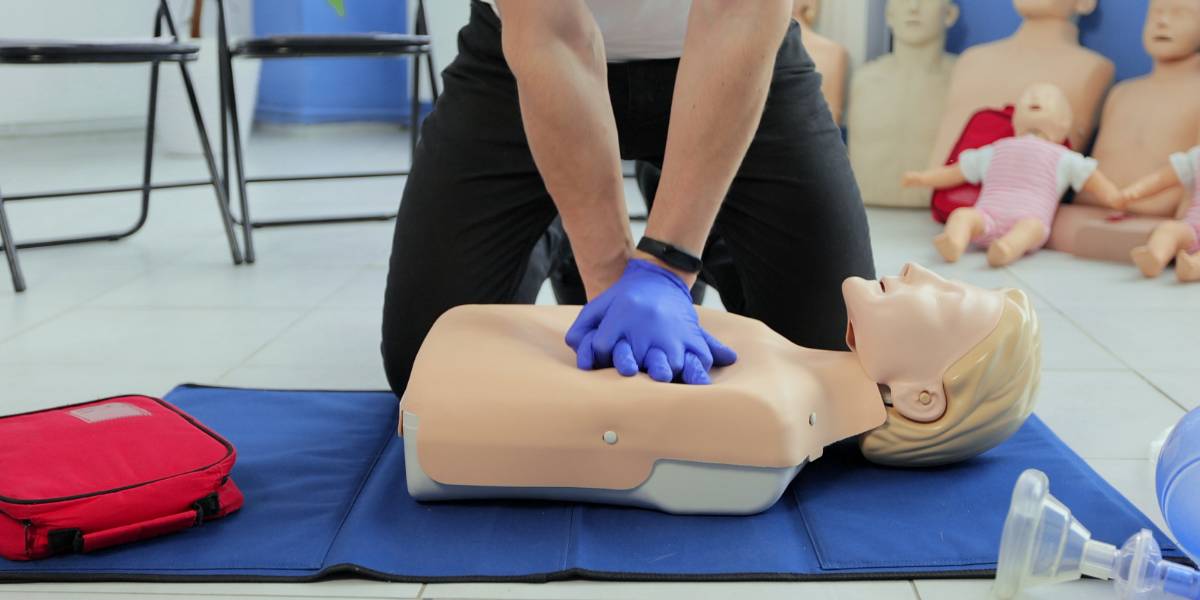Diabetic mastopathy is an uncommon complication of diabetes characterised by tough masses that develop in the breast.
They are benign, but can be mistaken for tumours.
These lesions, which are painless and mainly consist of primarily fibrotic and inflammatory elements, can be misdiagnosed as breast cancer.
It is mostly diagnosed in women with long-standing type 1 diabetes , but the condition has also been reported in men.
While persistent high blood glucose levels may influence the development of diabetic mastopathy, as well as previously having a diabetic complication, such as neuropathy , it is not clear what causes the condition.
Relationship with type 1 diabetes
Diabetic mastopathy is predominantly found in patients with type 1 diabetes, but its cause is largely unknown. Generally, it is believed to be due to an autoimmune process.
Rachel Gifford, CDE reports that 13% of pre-menopausal women with type 1 diabetes develop diabetic mastopathy.
A widely reported aspect of diabetic mastopathy details that patients will likely have other diabetes-related complications beforehand.
These could include kidney disease or neuropathy, while J. Andrew Keyoung, MD et al report that patients may also have eye, thyroid and joint problems.
Relationship with type 2 diabetes
A theory by JE Tomaszewski et al observed that type 2 patients with diabetic mastopathy were exposed to exogenous insulin, which may be related to the development of the condition.
Similarly to with type 1, however, while diabetic mastopathy has been described in women with type 2 diabetes, there is a lack of scientific evidence to identify a cause.
Diagnosis of diabetic mastopathy
An accurate diagnosis of diabetic mastopathy is important to avoid unnecessary surgeries.
If you can feel lumps in the breast, you should see your doctor urgently, even if you have previously ignored any lumps and attributed them to diabetes, as breast cancer is much more common than diabetic mastopathy.
This can be done effectively using a core biopsy which establishes whether the lumps are malignant. This procedure allows tissue to be removed from the breast without the need for surgery.
Otherwise, an HbA1c test may be administered to assess the glucose control of people with diabetes and whether they are at risk of complications such as diabetic mastopathy.
Treatment for diabetic mastopathy
Breast lumps and lesions can be surgically removed, but it is believed that they will be regrow within five years, and can increase in number and size over time.
This is why a core biopsy is recommended by physicians, which is performed under ultrasound guidance and removes the central part of lumps.
Recurrences can be common – if you have diabetic mastopathy and find new lumps then you should get them checked out with your doctor. Diabetic mastopathy does not appear to put people at an increased of breast cancer, however, and mastopathy lumps will not turn into cancer.
Consistently high blood glucose levels have been investigated as a cause of diabetic mastopathy, but this has not been established through scientific research.







